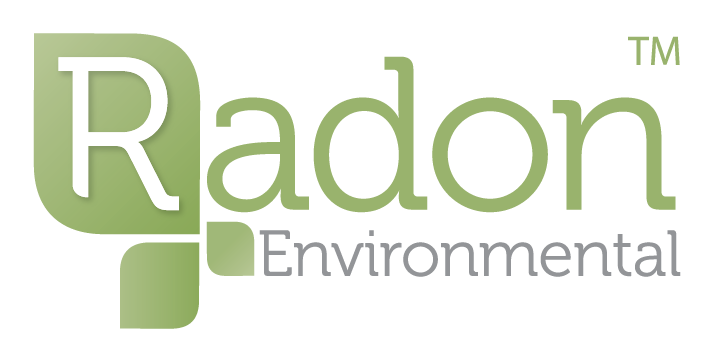You can’t see, smell or taste it, but radon is present to some degree in the air that you breathe. If you’re on a residential well, it’s likely in the water you drink.
High levels of dissolved radon are found in the groundwater in some areas flowing through granite or granitic sand and gravel formations. If you live in an area with high radon in groundwater it can get into your private well and create an entry point for radon to enter your house. Showering, washing dishes, and laundering can disturb the water and release radon gas into the air you breathe! (Source: CDC)
Since Mike Holmes Jr. installed an Airwell on the country house on Holmes + Holmes, the questions have been flooding in about radon in water.
Airwell technology works like this:
Purification.
The Airwell system recirculates and oxidizes residential well water. Water quality is improved by injecting air into the water at source. Pressurized air lifts contaminated water to the surface and releases radon gas. Airwell can also be used as a methane and sulphur mitigation system too. It will also precipitate iron out of the water.
Efficiency.
Airwell is a low voltage system, consuming roughly the same energy as a 60W light bulb. Patented aeration chamber requires no maintenance or cleaning. Airwell runs 24/7.Performance.
Airwell does not affect a constant pressure system. Airwell pumps air 30’ below the water level.Safety.
Water is aerated from the aquifer. Radon levels will continue to drop over time. The system is flexible in both the depth of well and the level of radon that can be mitigated.
For more information about this new technology, contact Radon Environmental.



